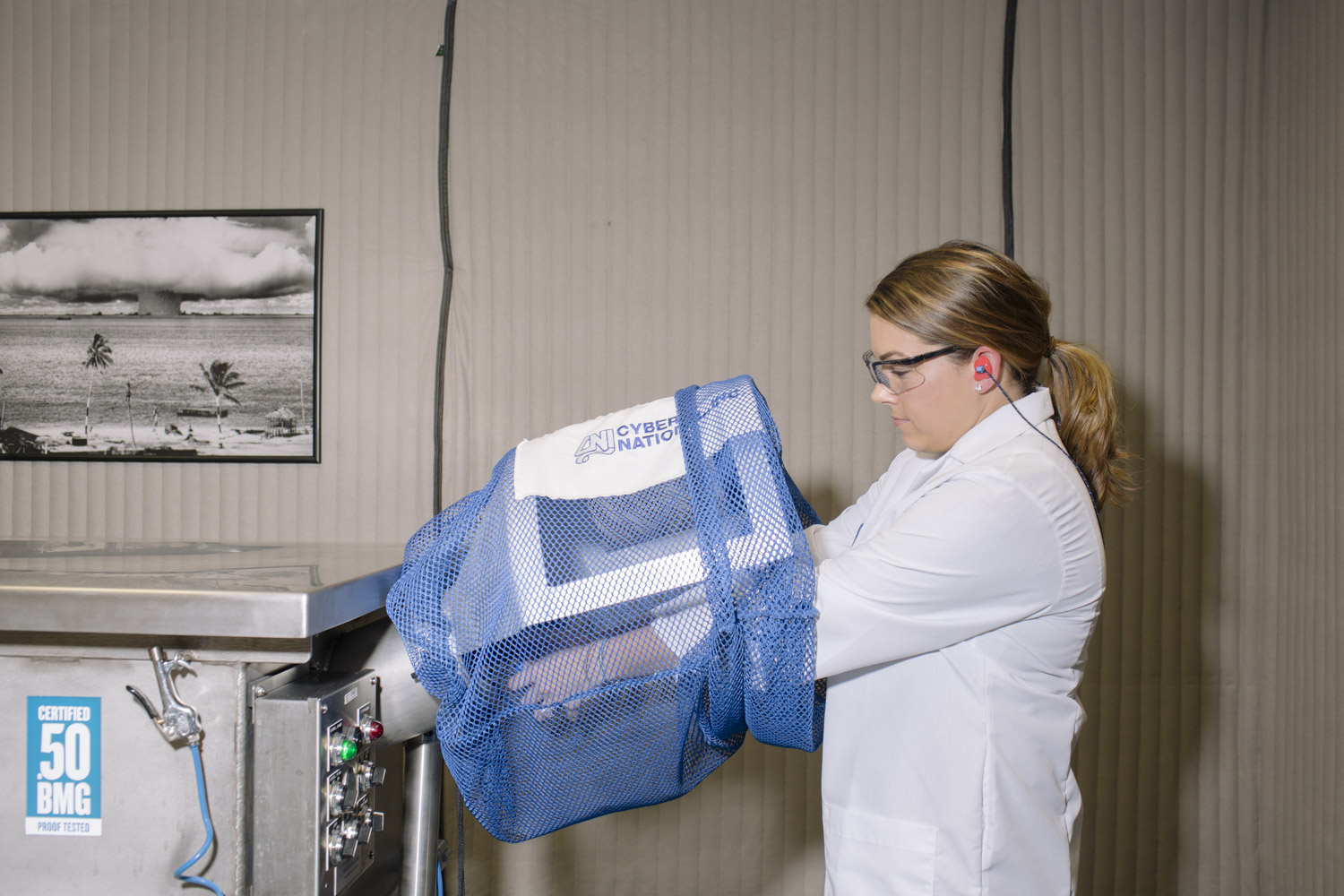A push by the Bureau of Alcohol, Tobacco, Firearms and Explosives to improve gun crime investigations has been hindered by local police departments that fail to trace guns or to promptly enter shell casings into a national ballistics database, a Department of Justice Inspector General report found.
The rundown, which was released February 14, was a report card of sorts on ATF’s “Frontline Initiative,” a 2013 agency overhaul that followed several high-profile agency scandals, including the “Fast and Furious” operation, in which agents knowingly allowed straw buyers to traffic guns.
The Frontline Initiative was supposed to improve oversight of field offices by ATF officials, promote better intelligence gathering, and better measure the success of the agency’s work.
The Inspector General found that the ATF has indeed made improvements in the last five years, increasing oversight and better aligning its mission with the priorities of the Department of Justice. But it also noted ongoing problems within the agency, like poor data collection and internal communication. “We found areas for improvement regarding ATF’s effectiveness in accomplishing its mission to reduce violent crime, protect the public and regulate the firearms and explosives industries through Frontline,” the report states.
One major aspect of the initiative was intended to improve intelligence gathering through entering shell casings found at crime scenes into the National Integrated Ballistics Information Network, or NIBIN. The technology can tell investigators if shell casings recovered from different crime scenes were fired from the same gun. The report says the ATF is using NIBIN more proactively than ever before, providing intelligence and solving crimes in the early days after a shooting rather than just bolstering evidence months later for use in the courtroom.
But for NIBIN to work effectively, police departments must enter shell casings into the system. The ATF has worked to educate local law enforcement about the benefits of NIBIN and encouraged its use, but as The Trace has reported, only about 25 percent of police agencies utilize the technology. And the ones that do often wait weeks or months longer than recommended by the ATF to enter shell casings into the system.
“We found that constraints such as budget and personnel shortages, lack of technical expertise, and differing operational techniques and practices may limit external law enforcement partners’ ability to effectively participate in the program,” the report says.
Similarly, the report states that many police departments do not trace guns recovered in investigations, leaving huge holes in the ATF’s understanding of which dealers provide the largest share of crime guns and how weapons traffickers operate. One agency official told an Inspector General researcher that only 15 percent of local police departments within his division’s area trace firearms. “He told us that if more police departments were to trace firearms, he believed that ATF could improve its intelligence for identifying higher risk FFLs (federally licensed firearms dealers) and reducing firearms trafficking,” the report said.
The report includes several recommendations, including developing better ways to track employee and program performance and improving training for agents. The report also suggests that the agency improve its communication with local police departments about the importance of using NIBIN and tracing guns — and explain why doing those things is an essential part of solving gun crimes.


